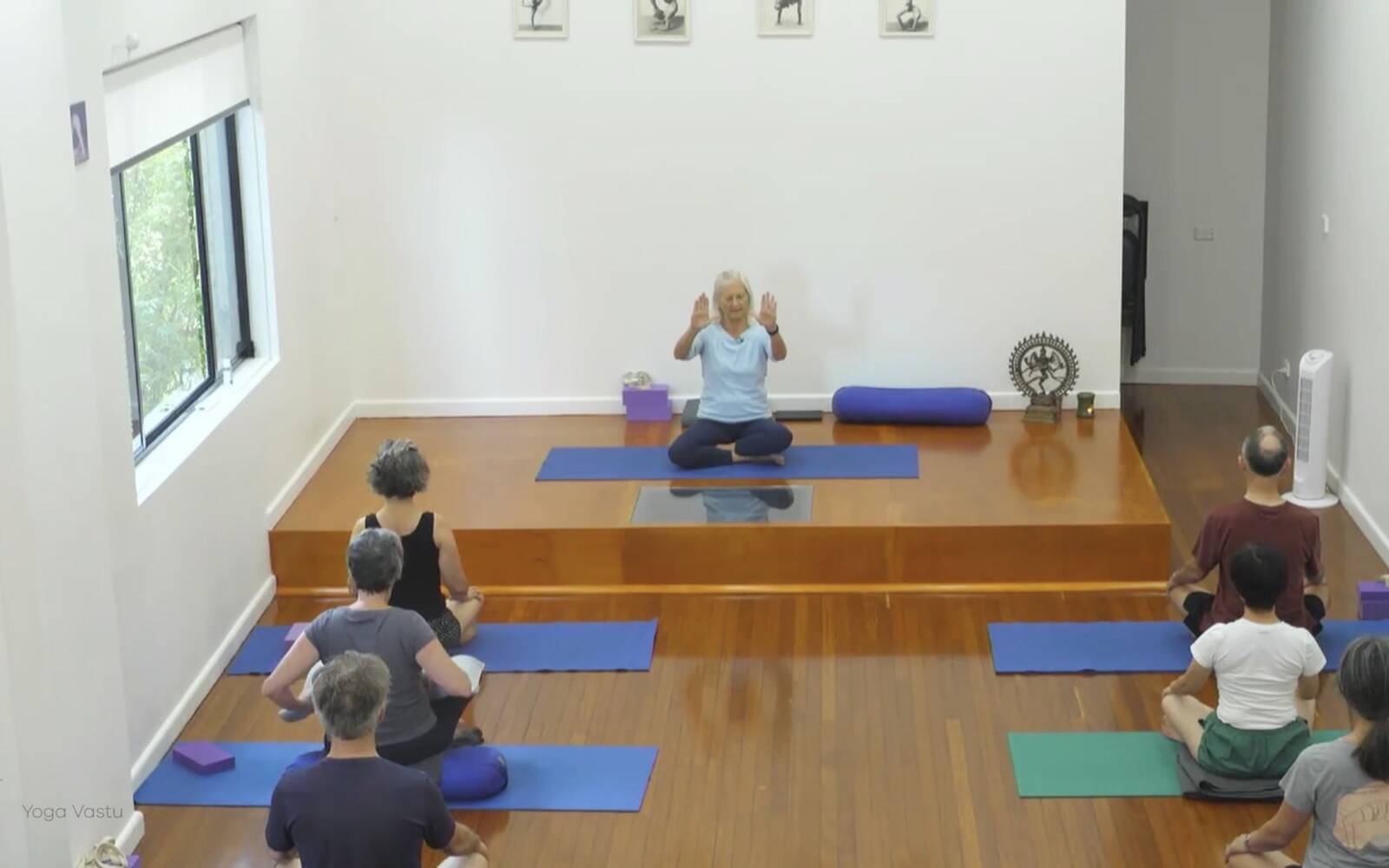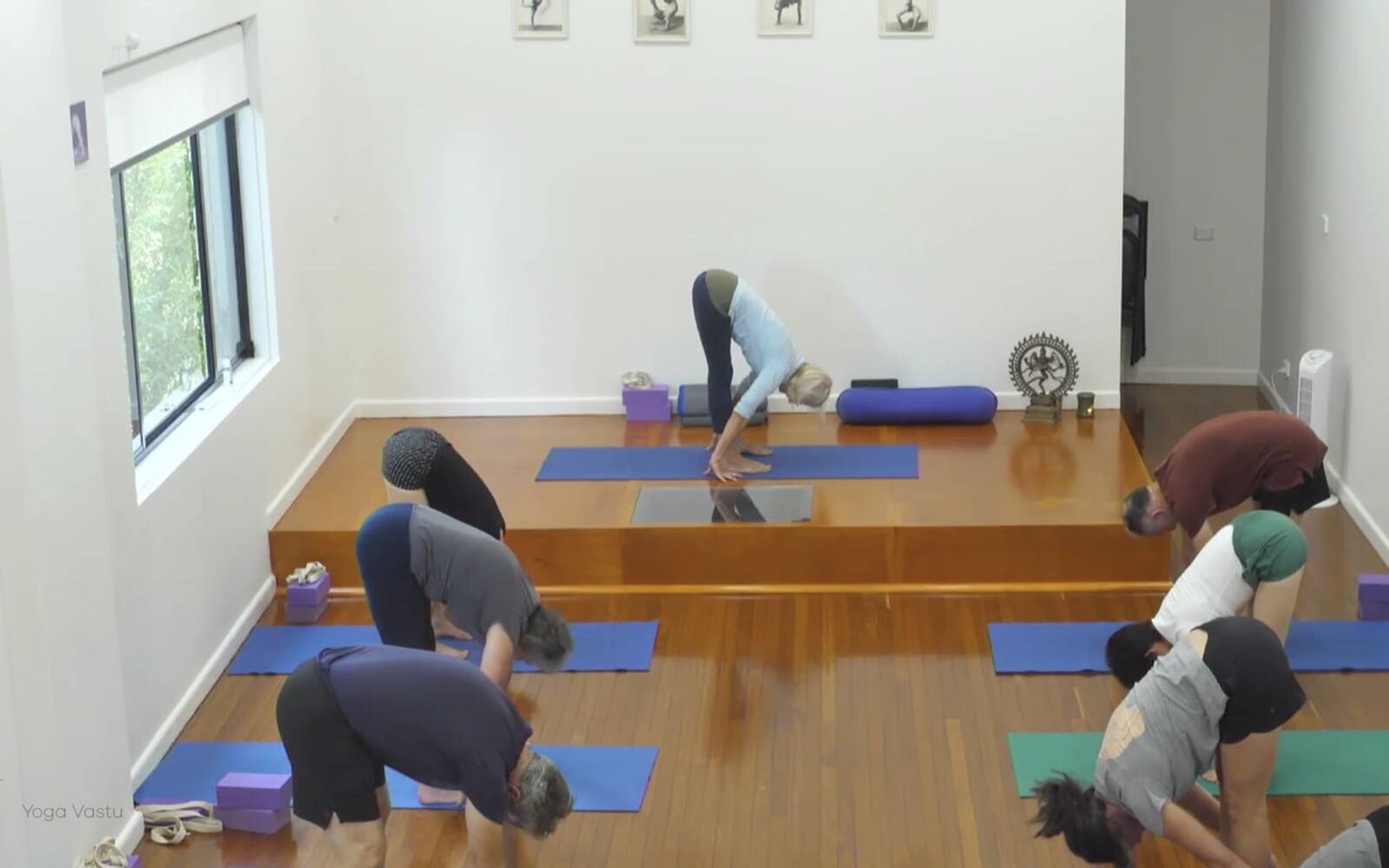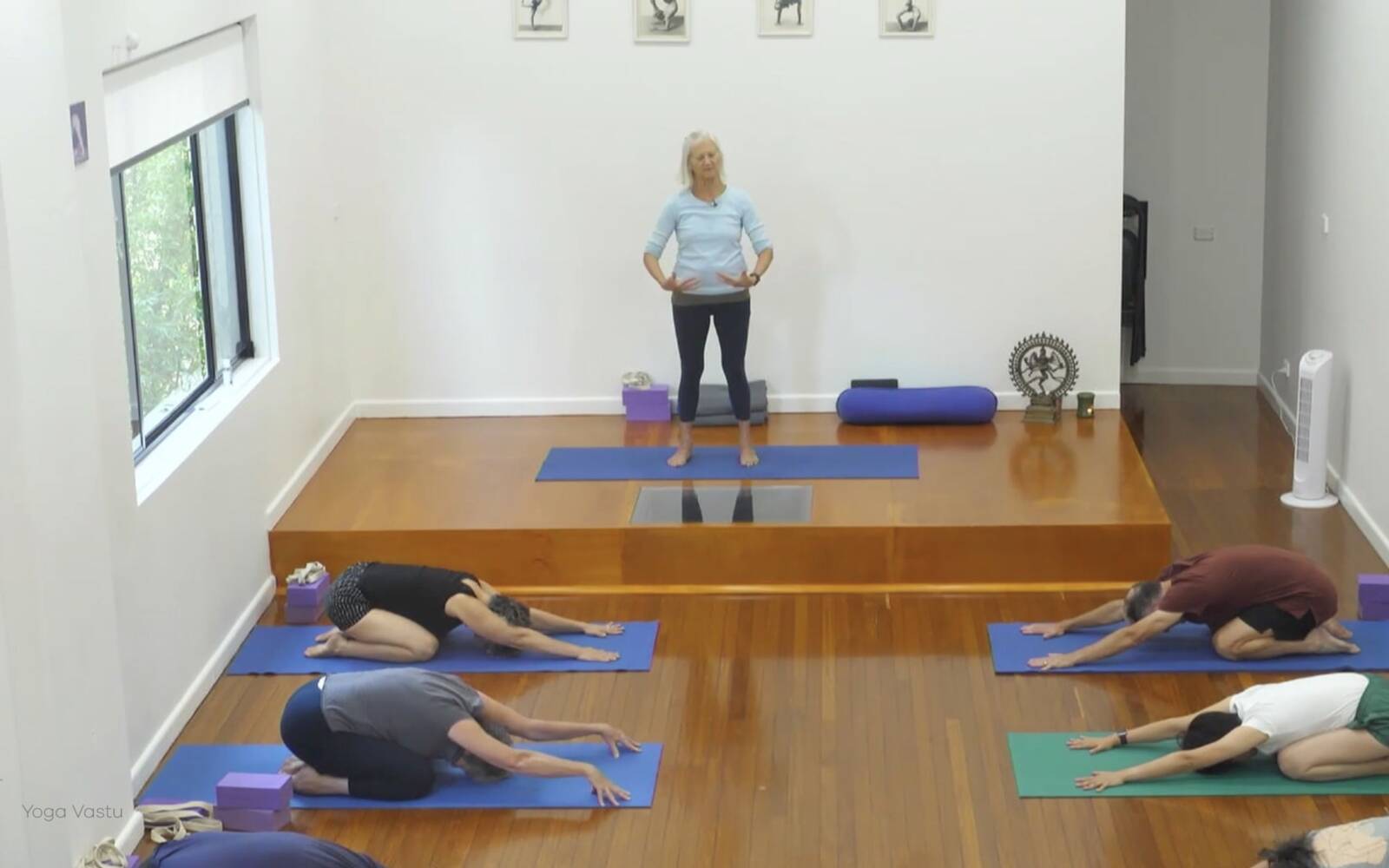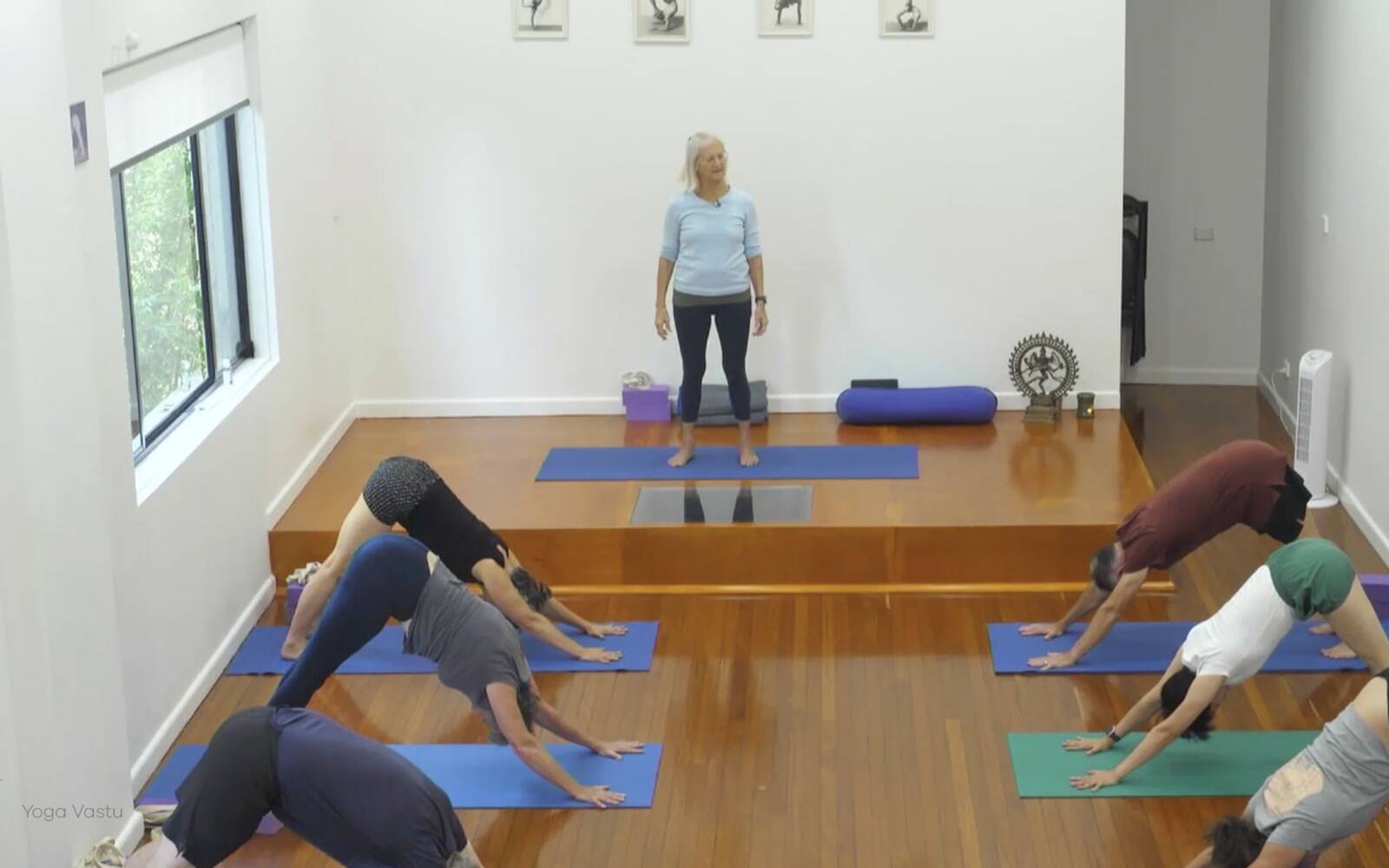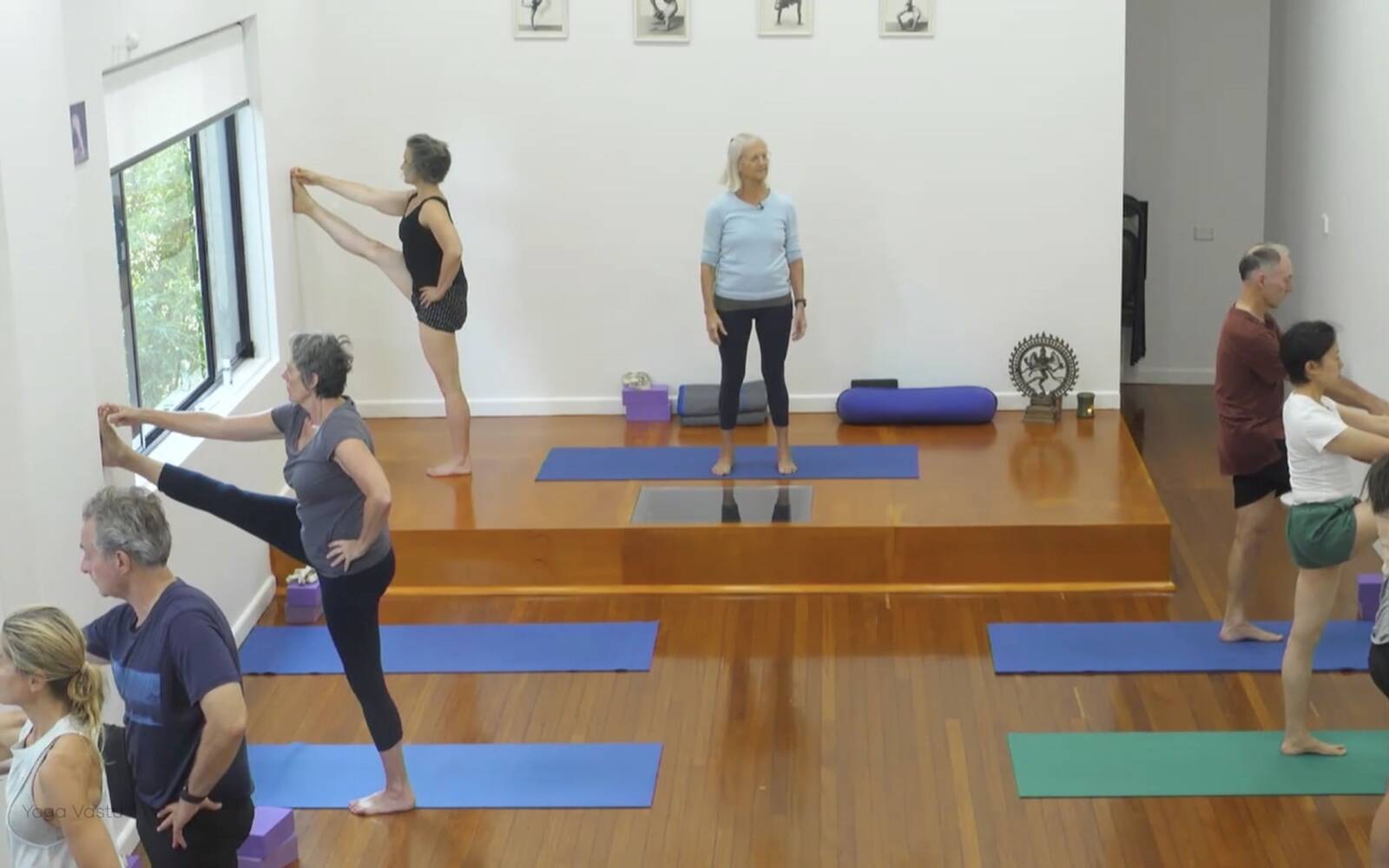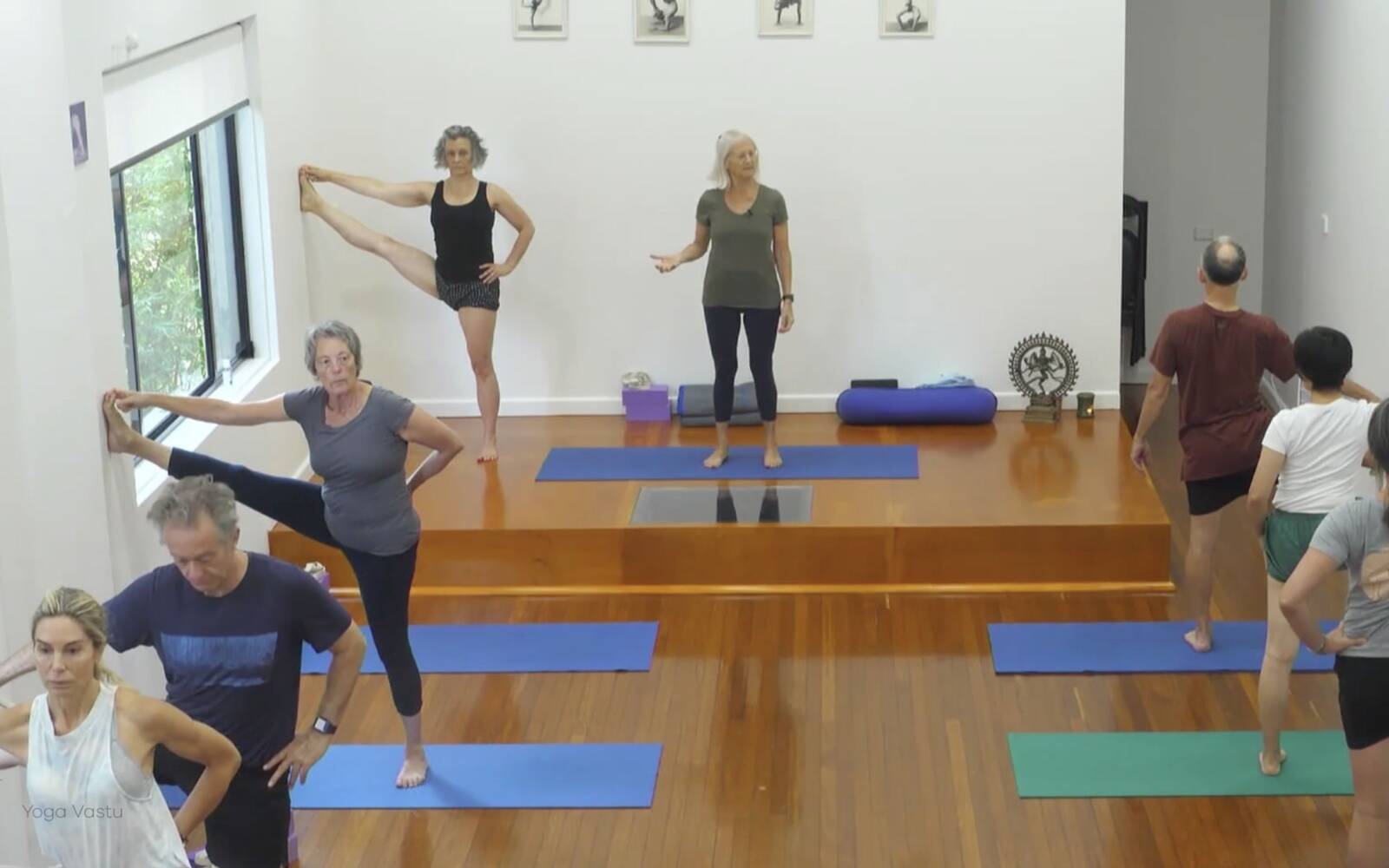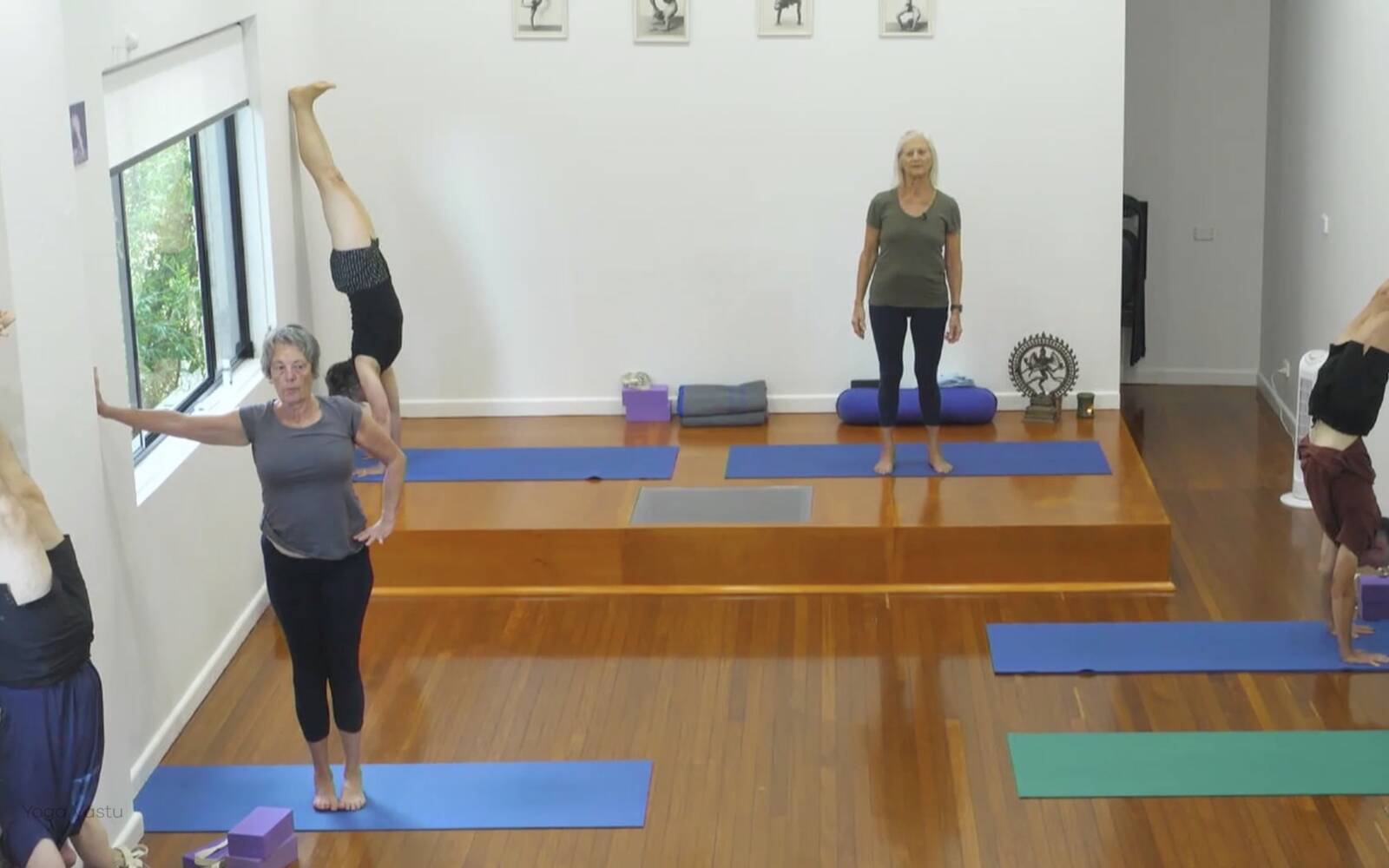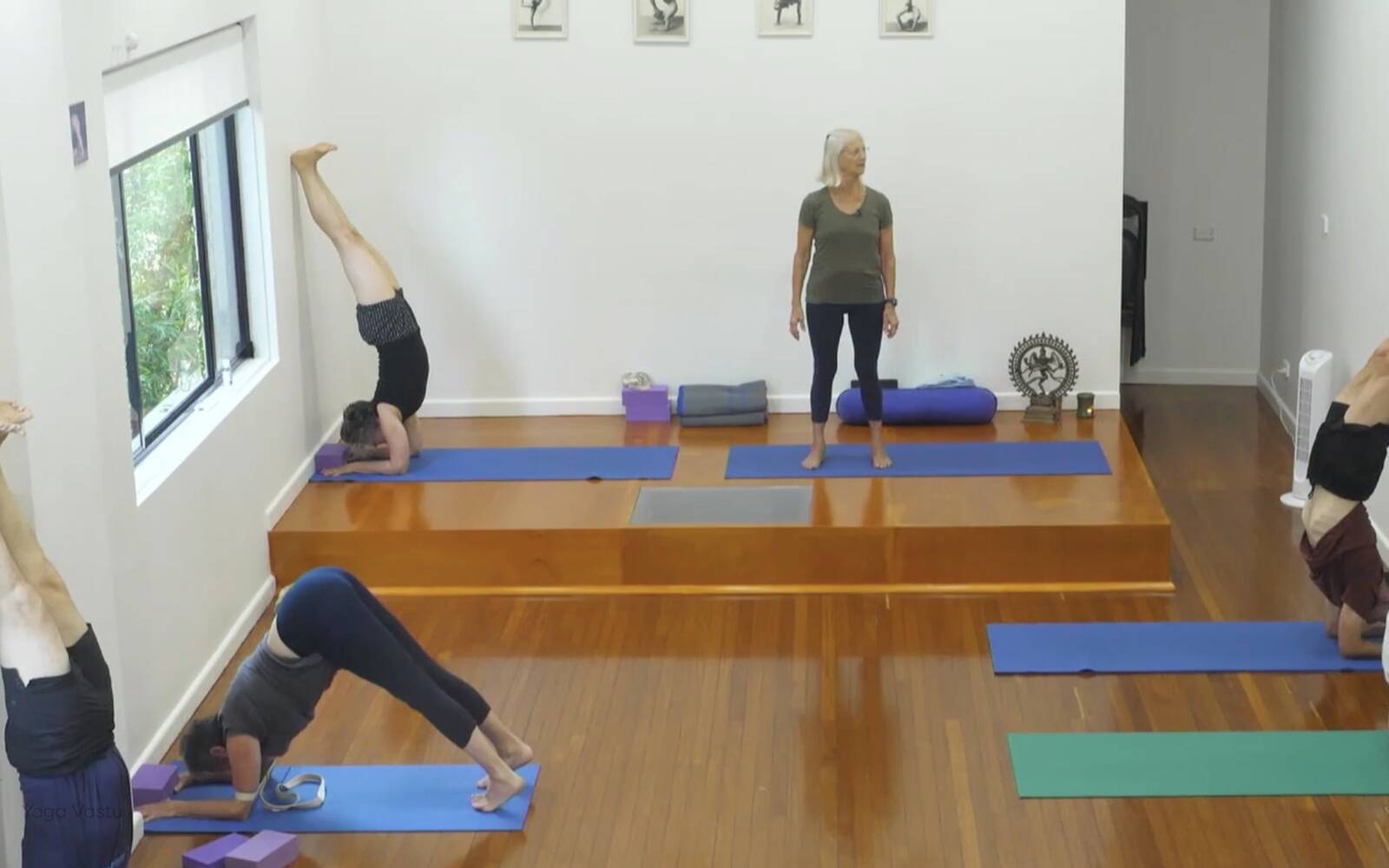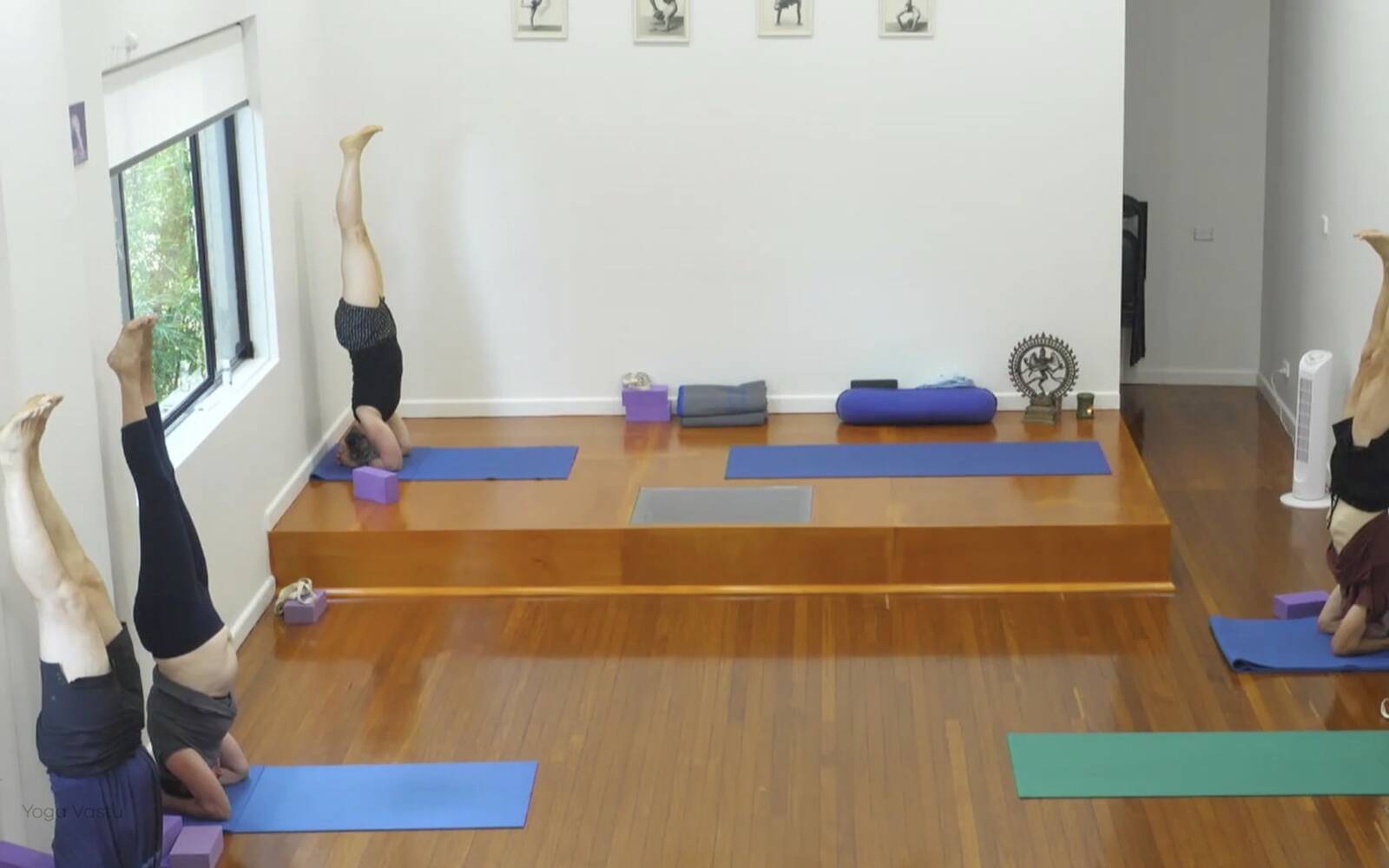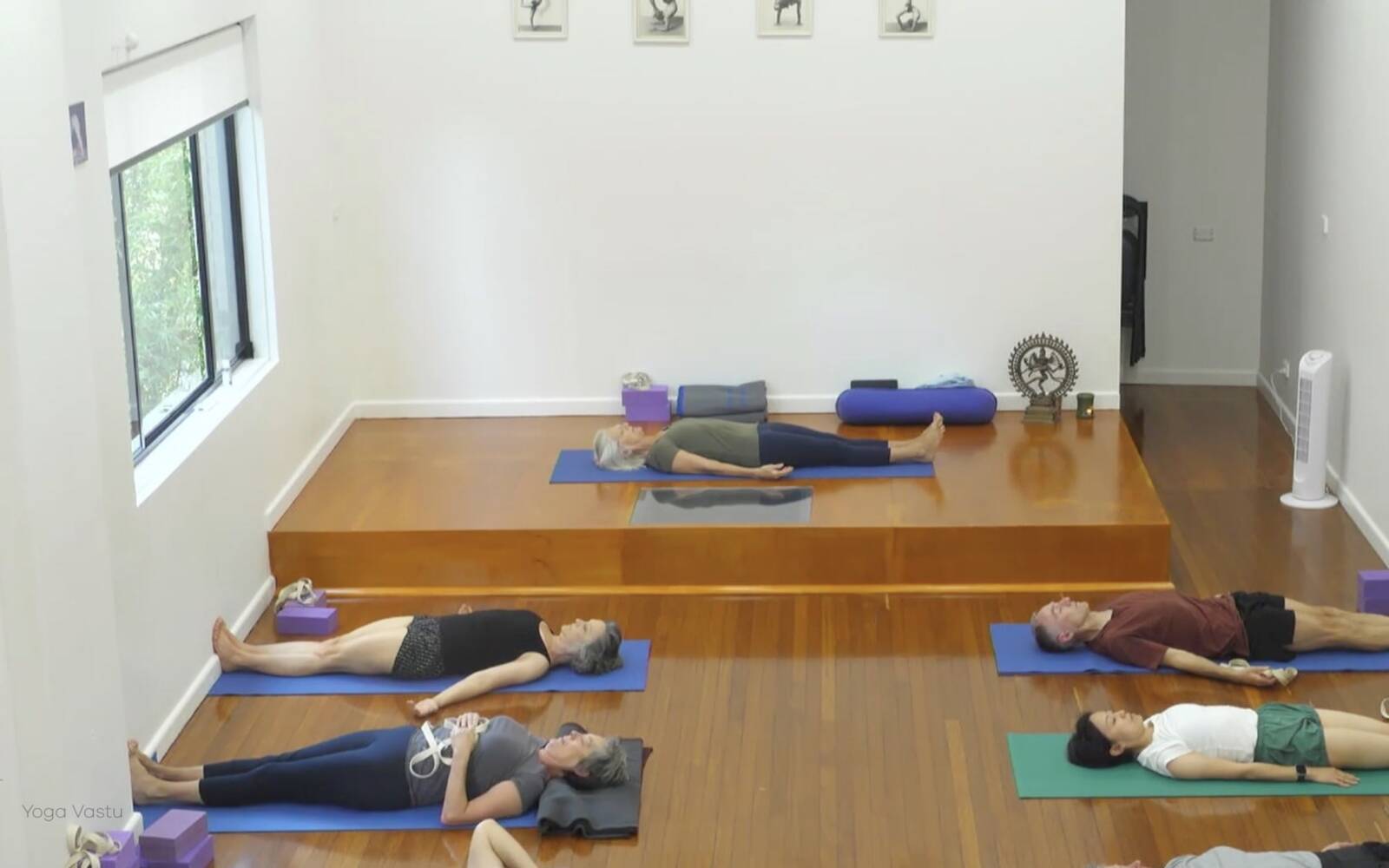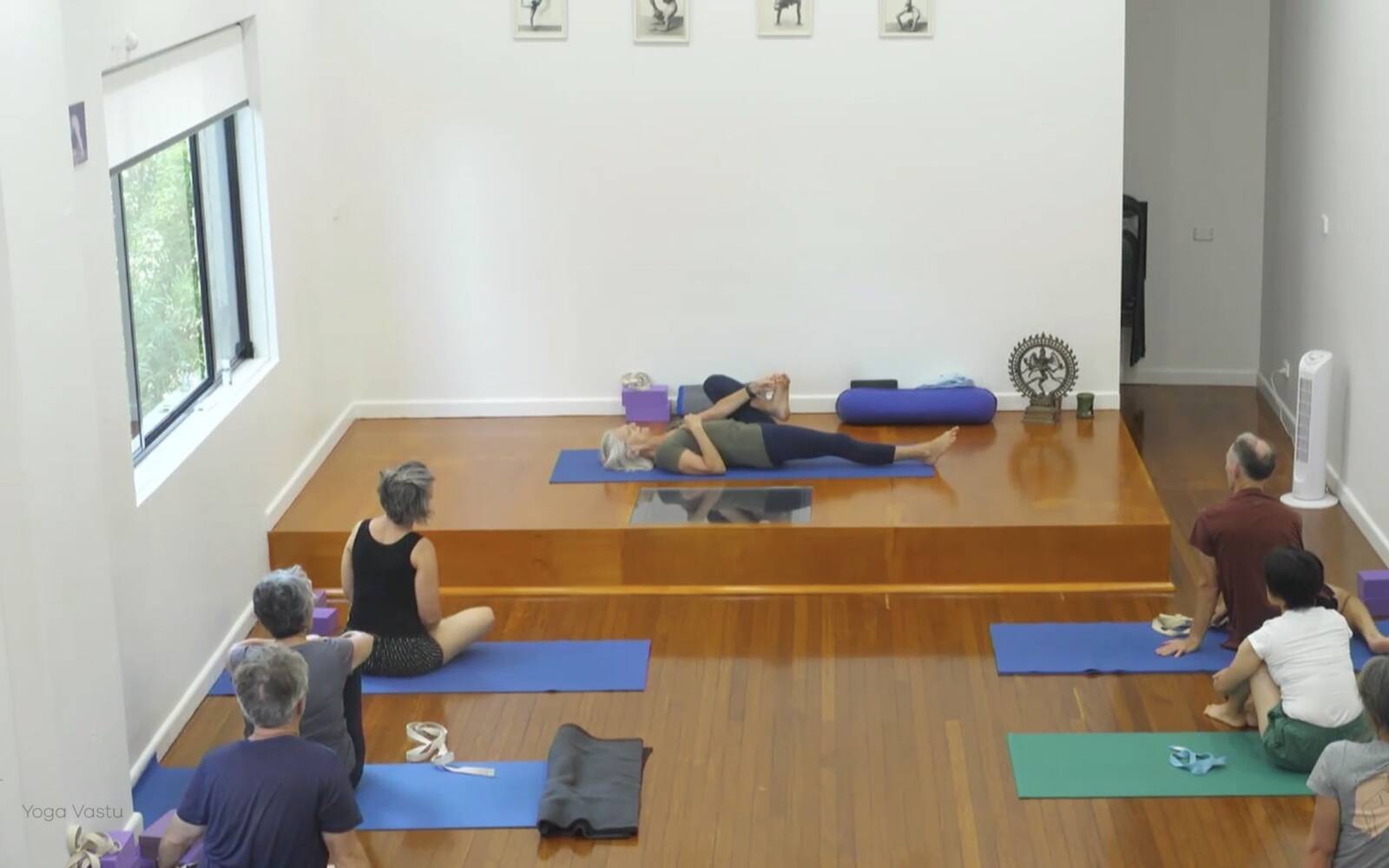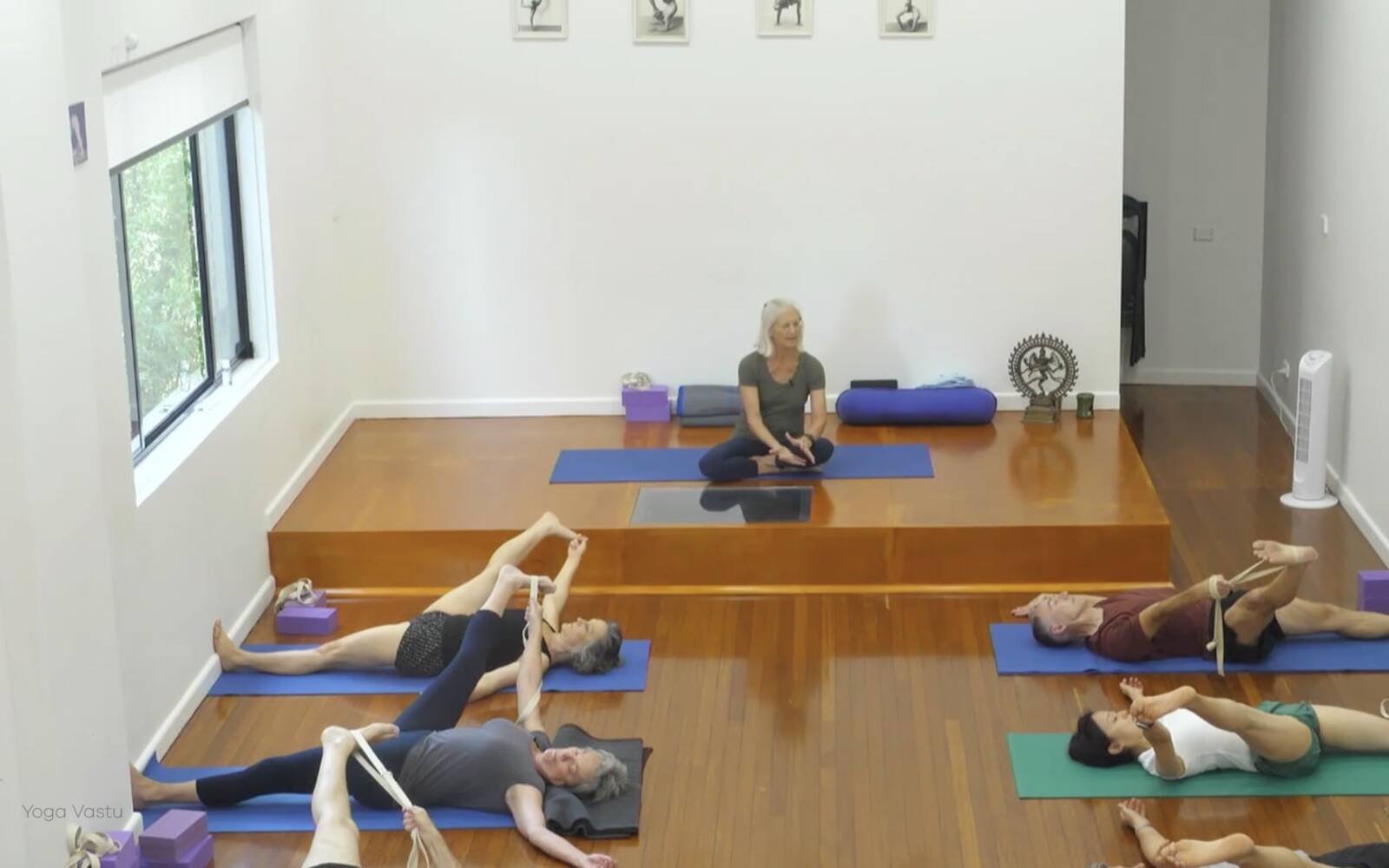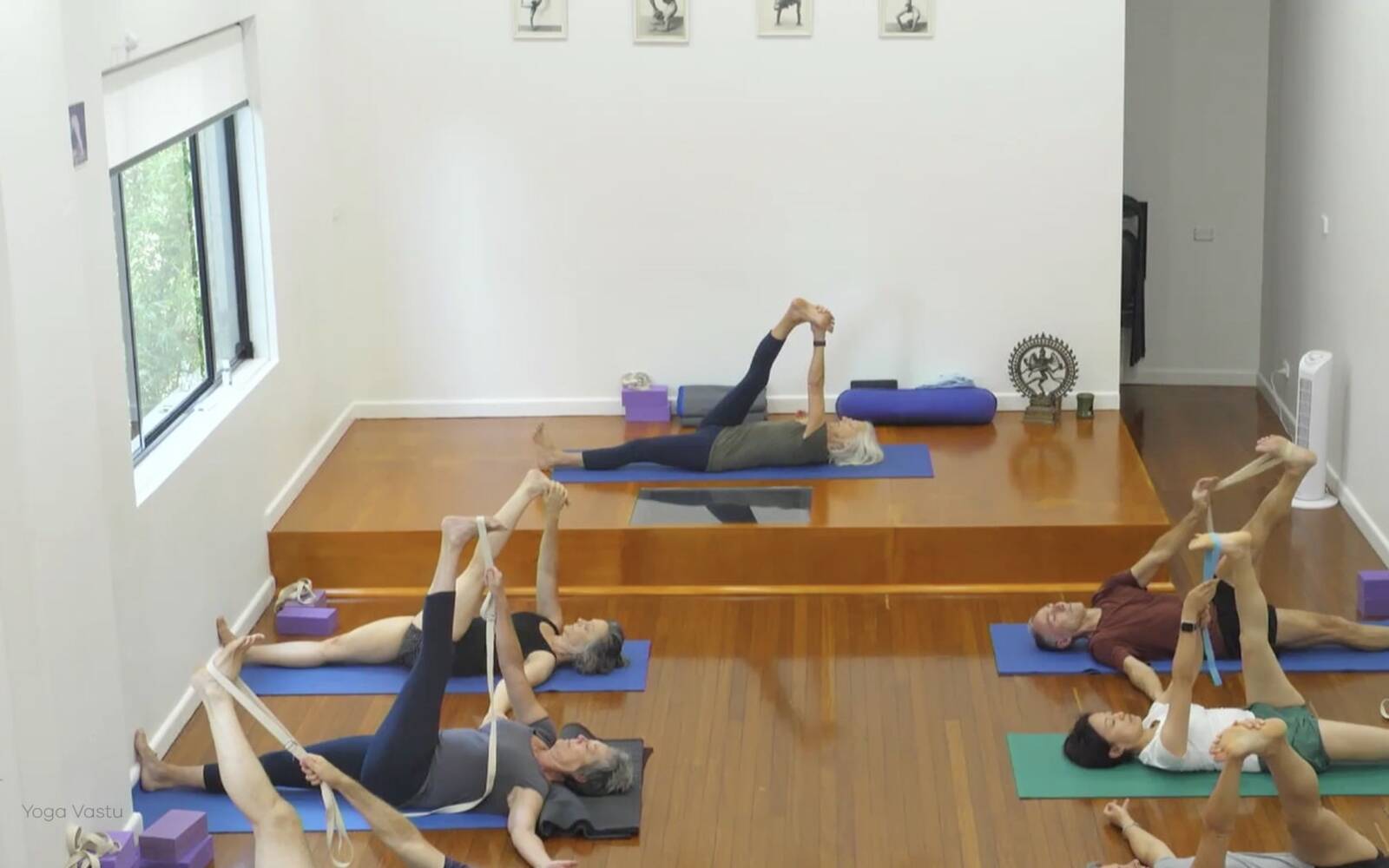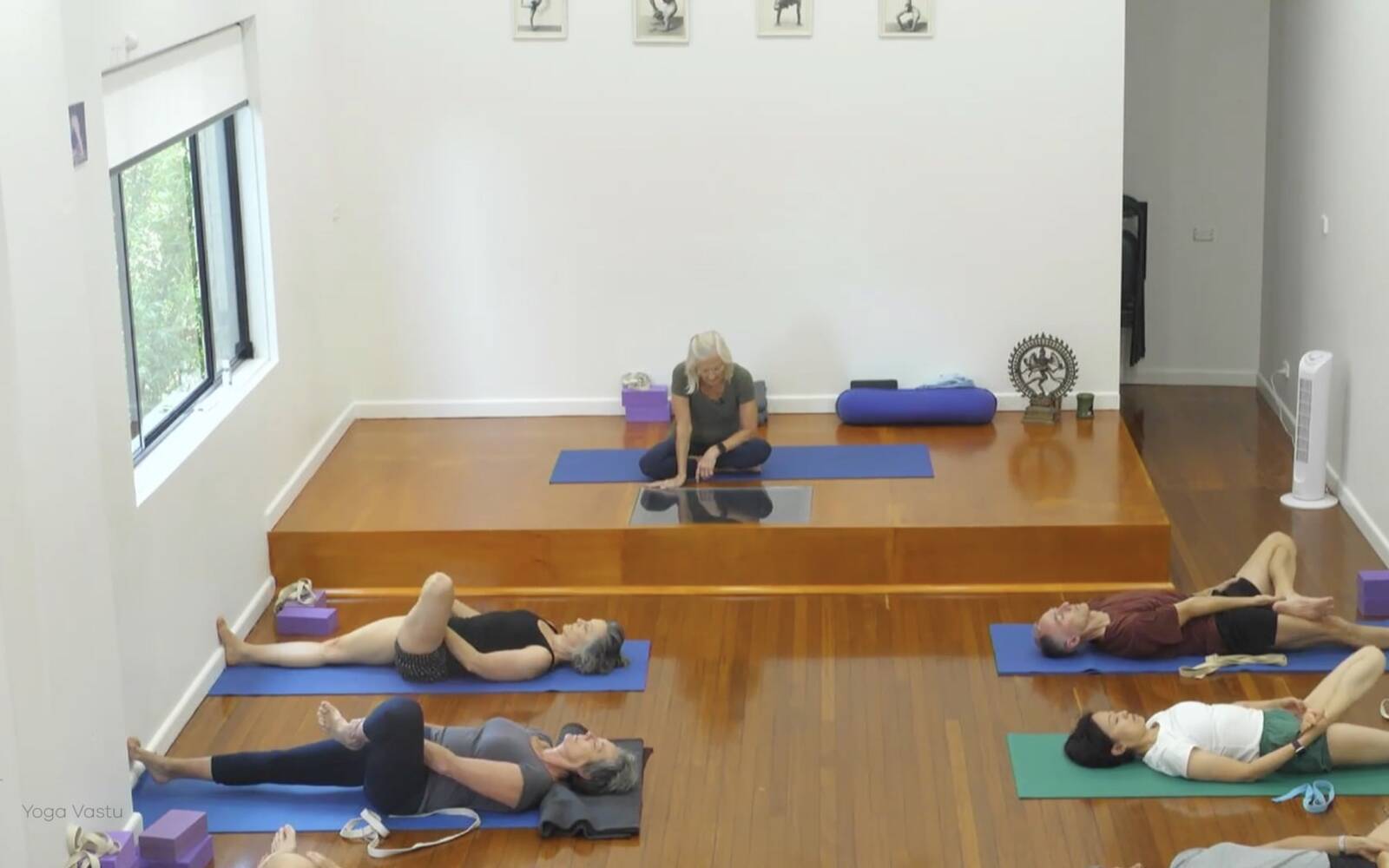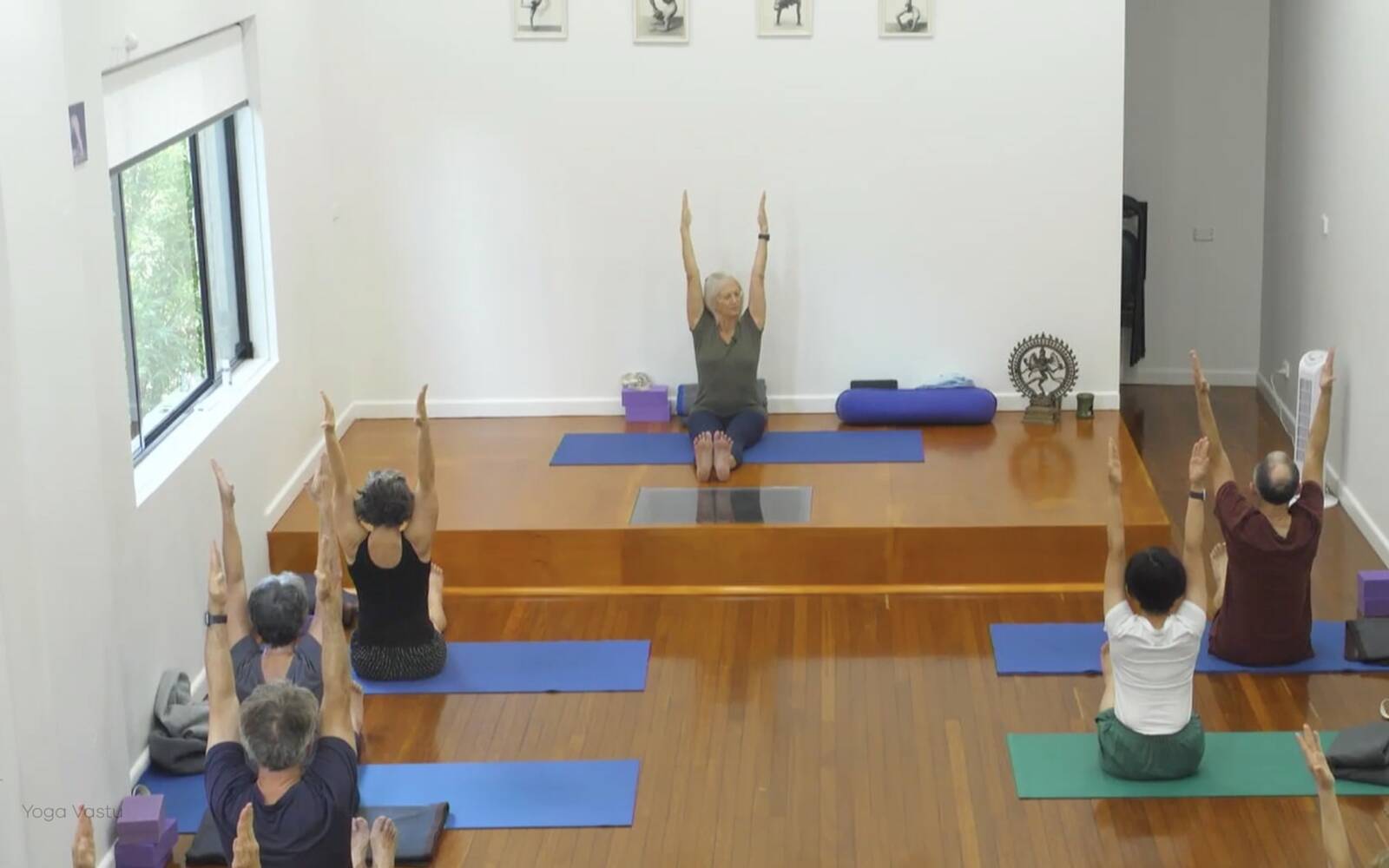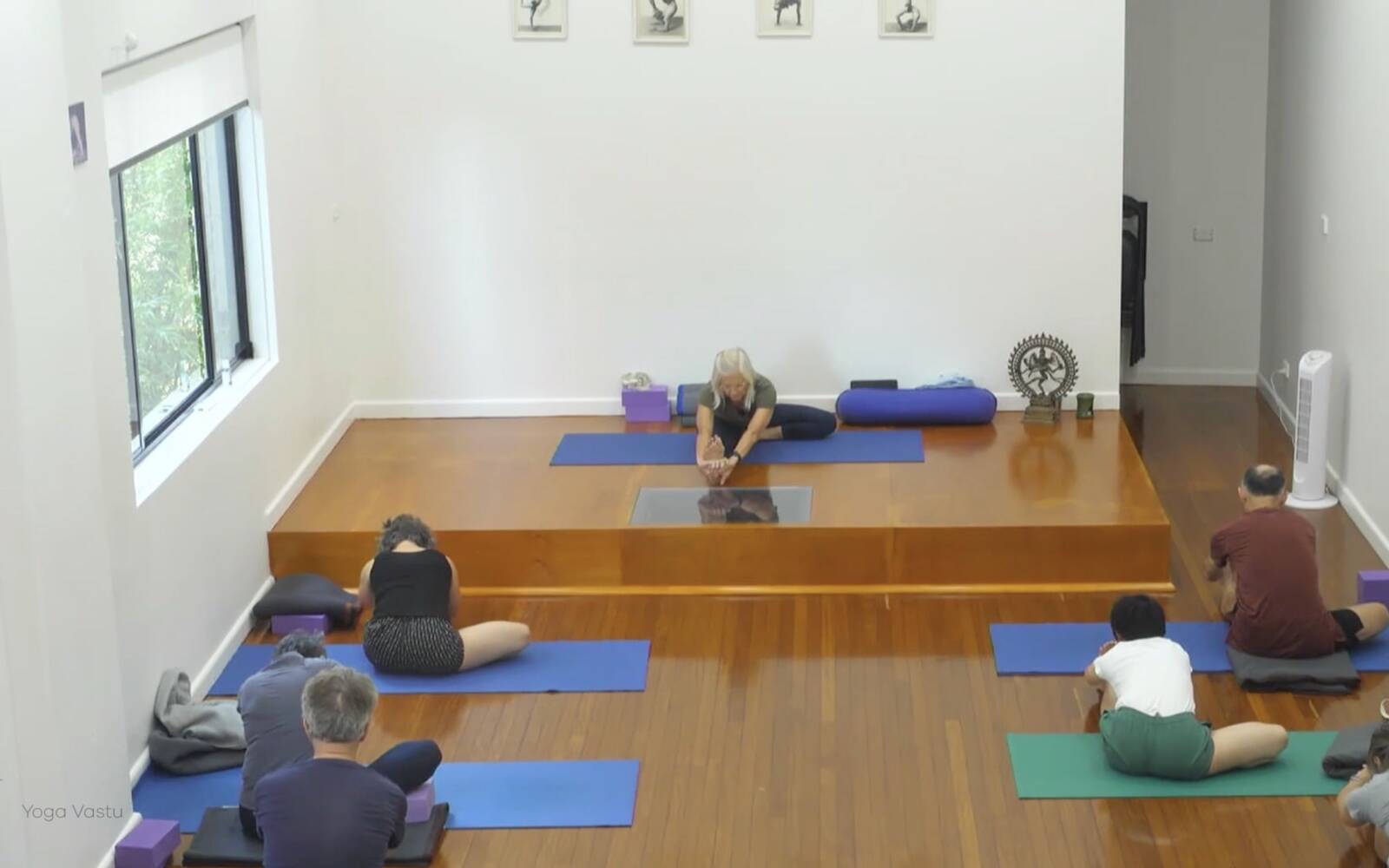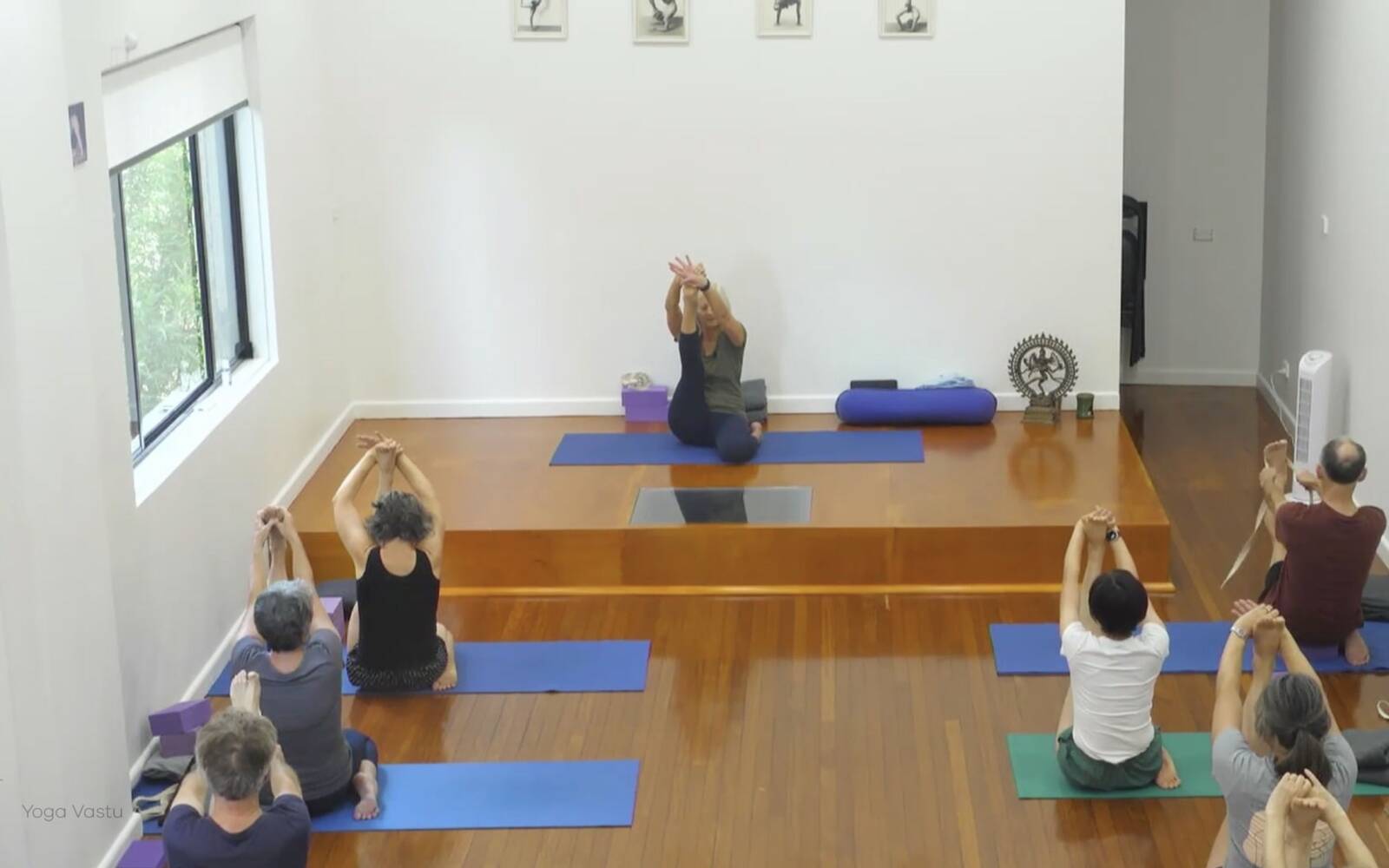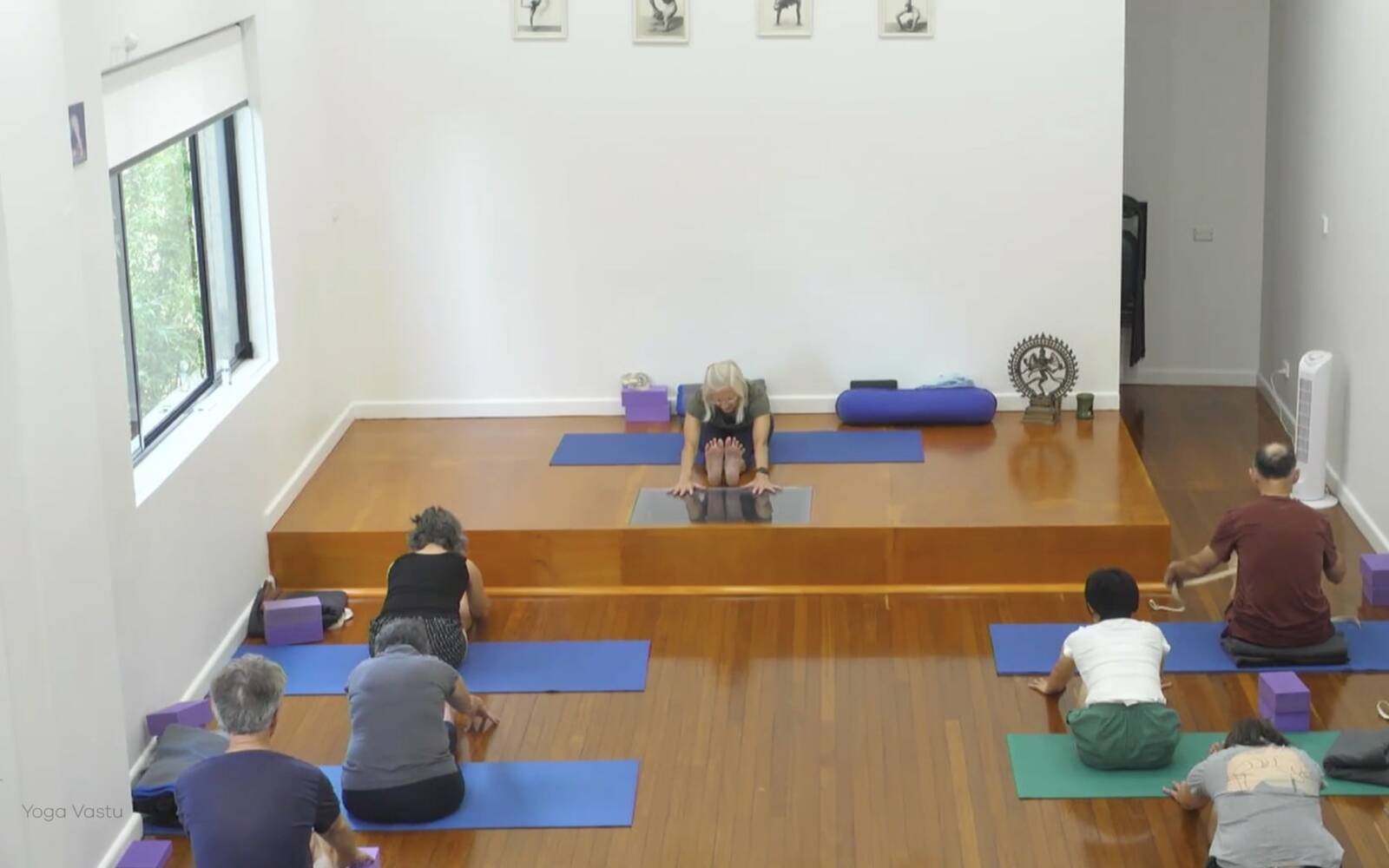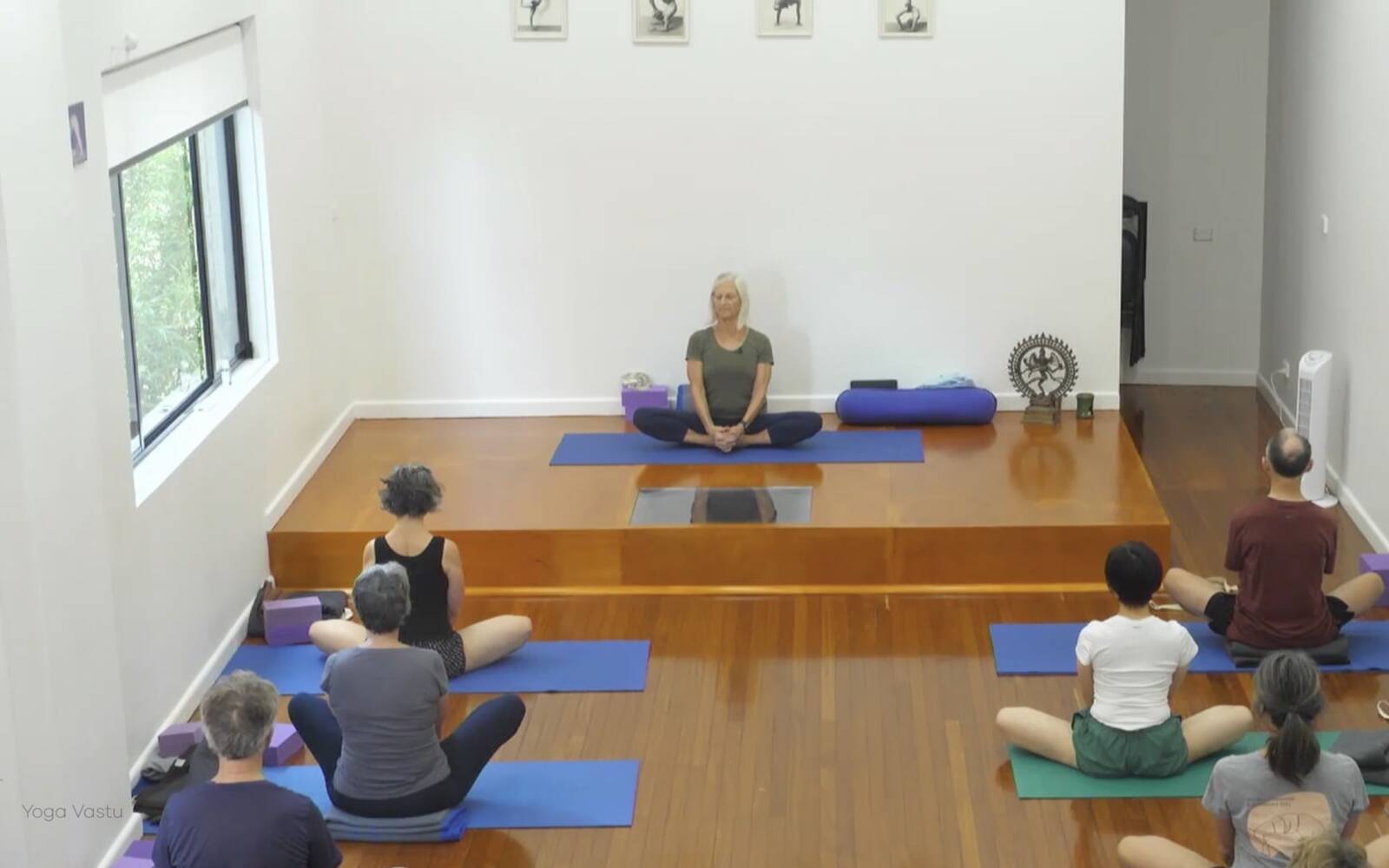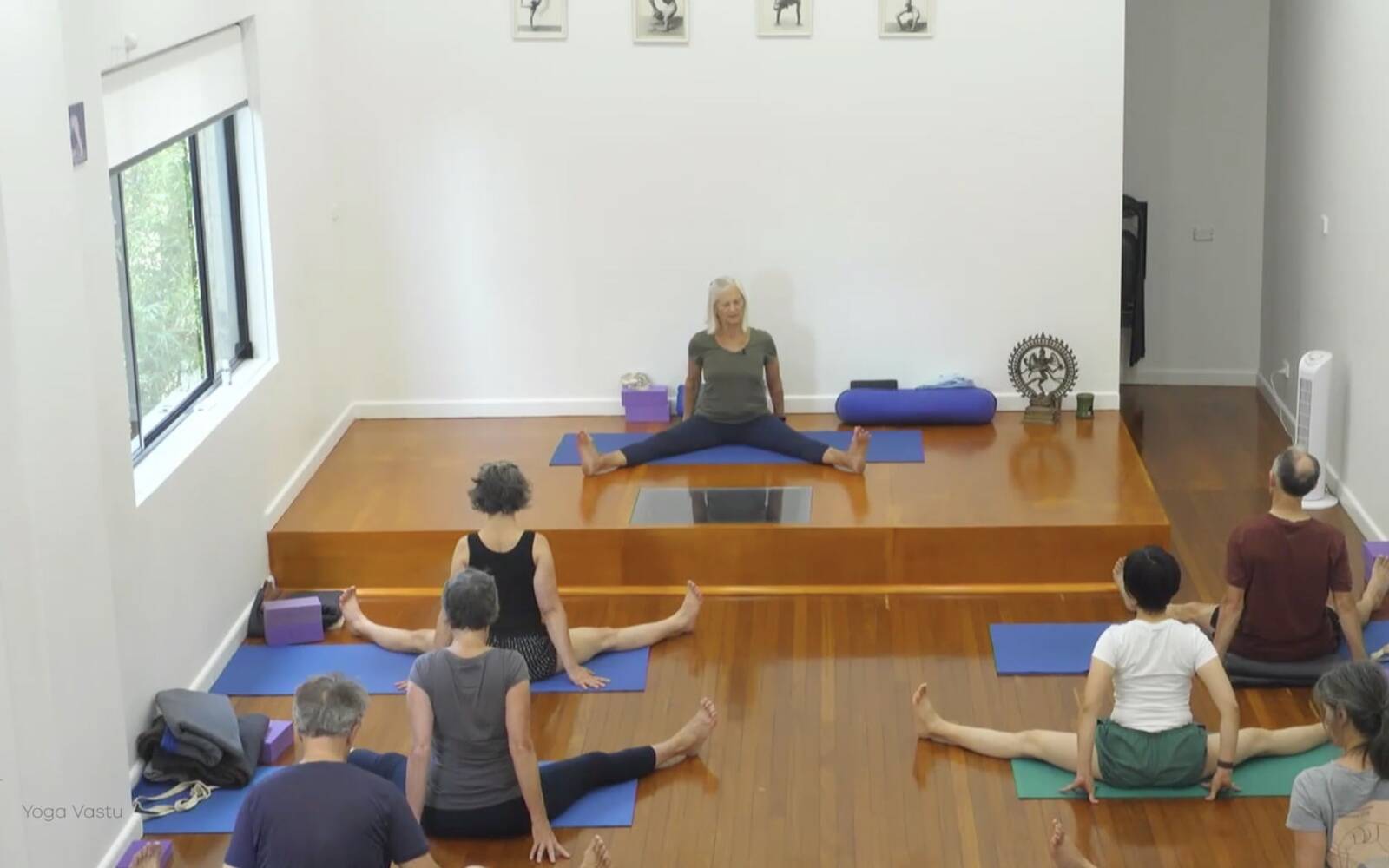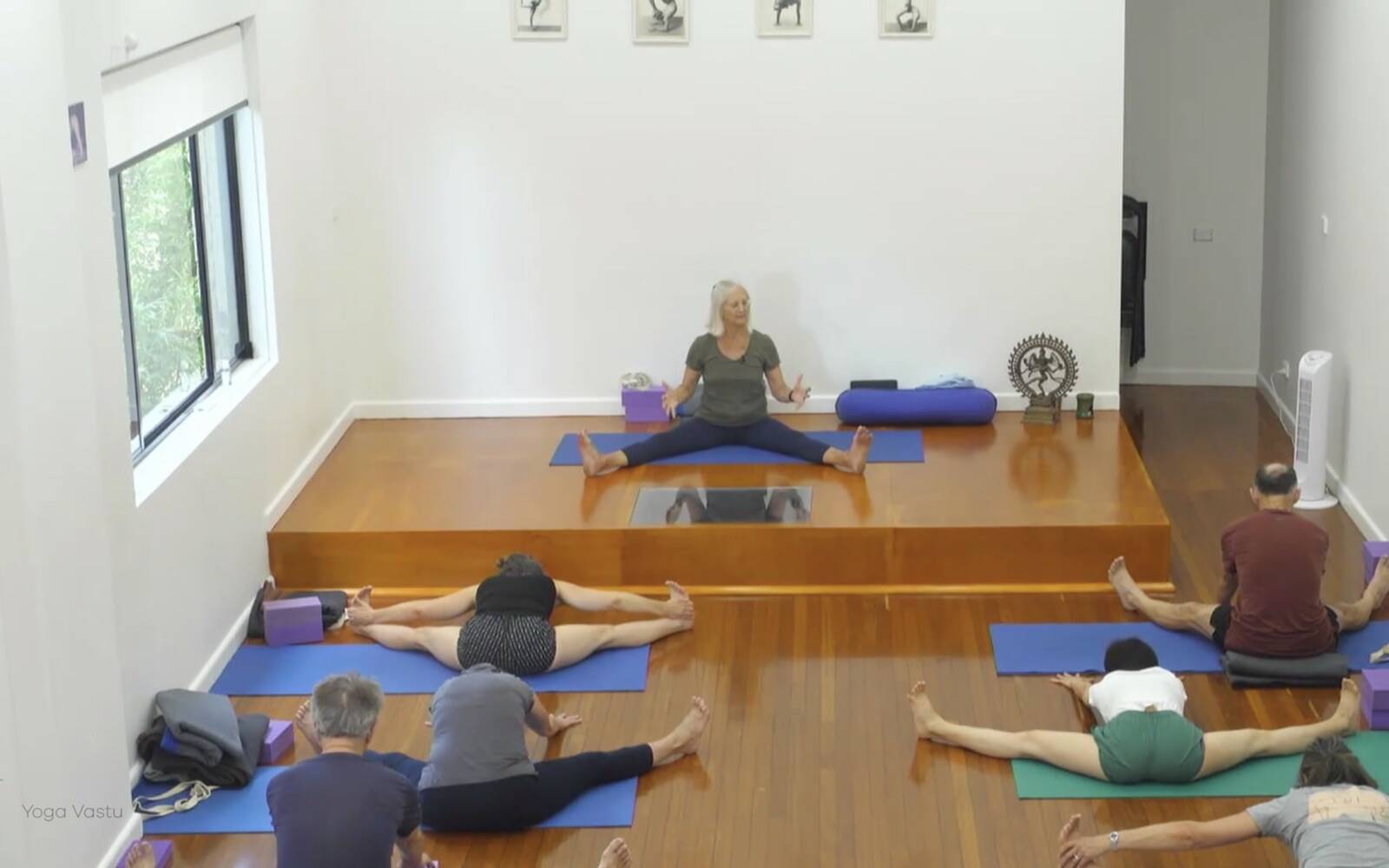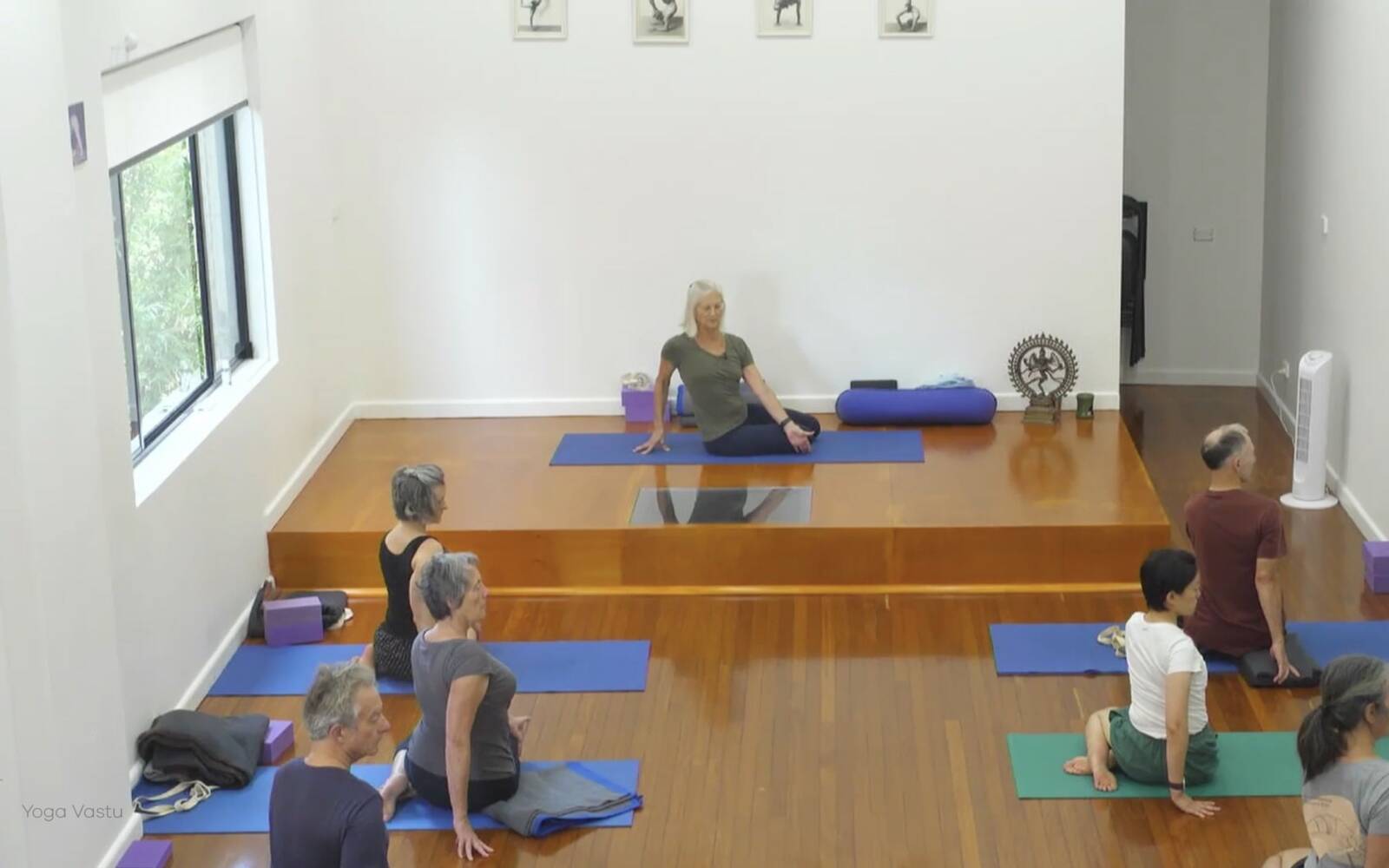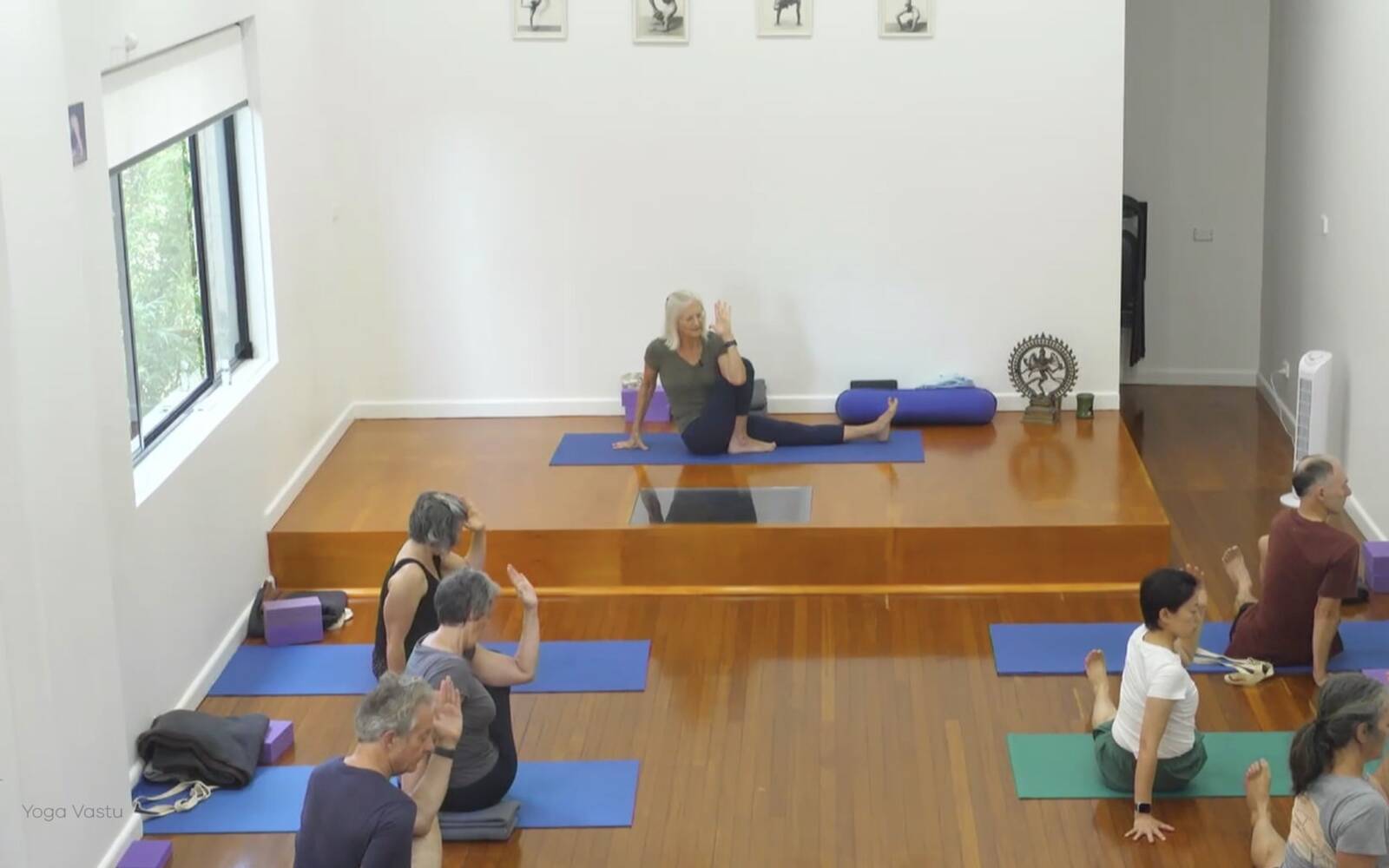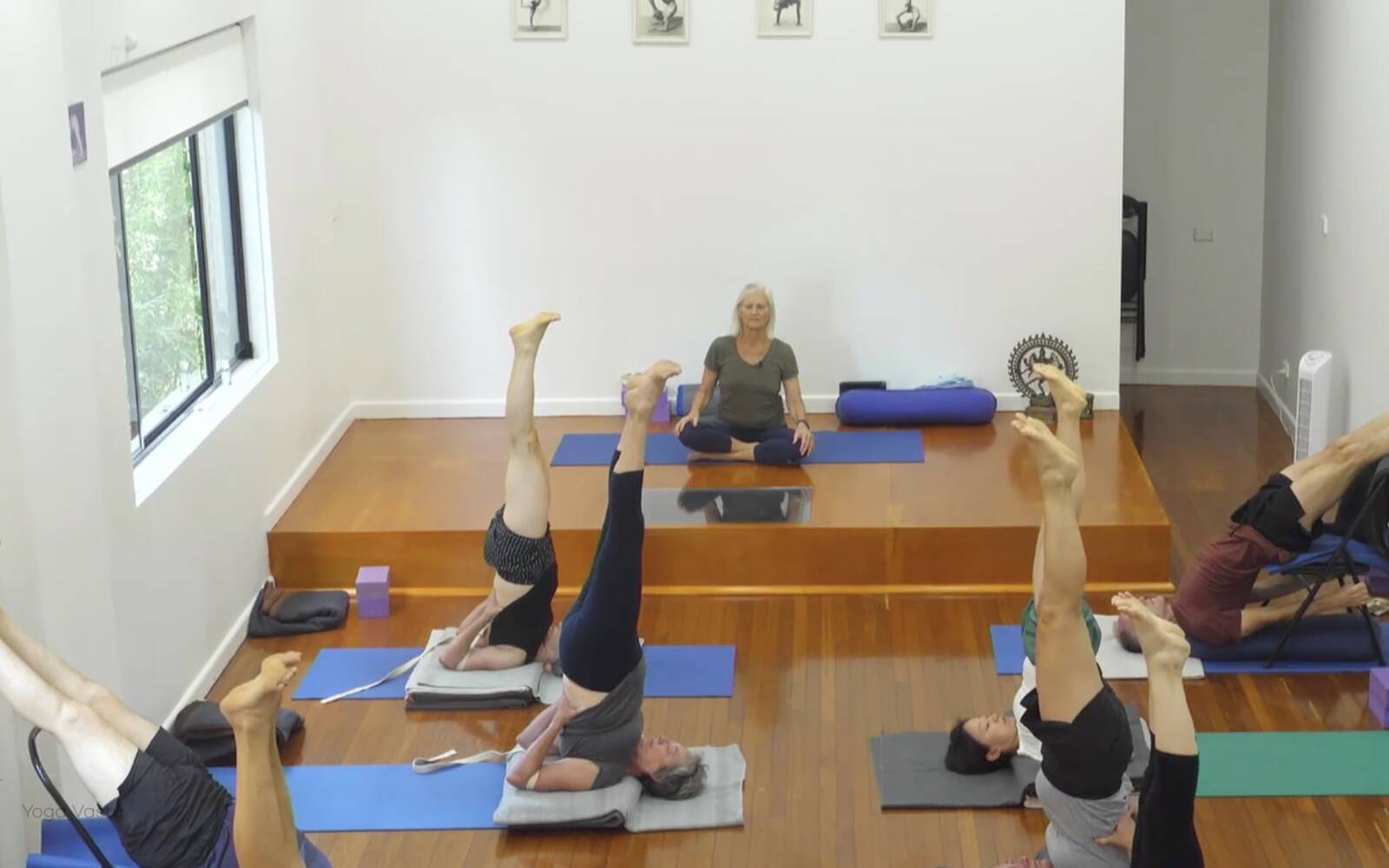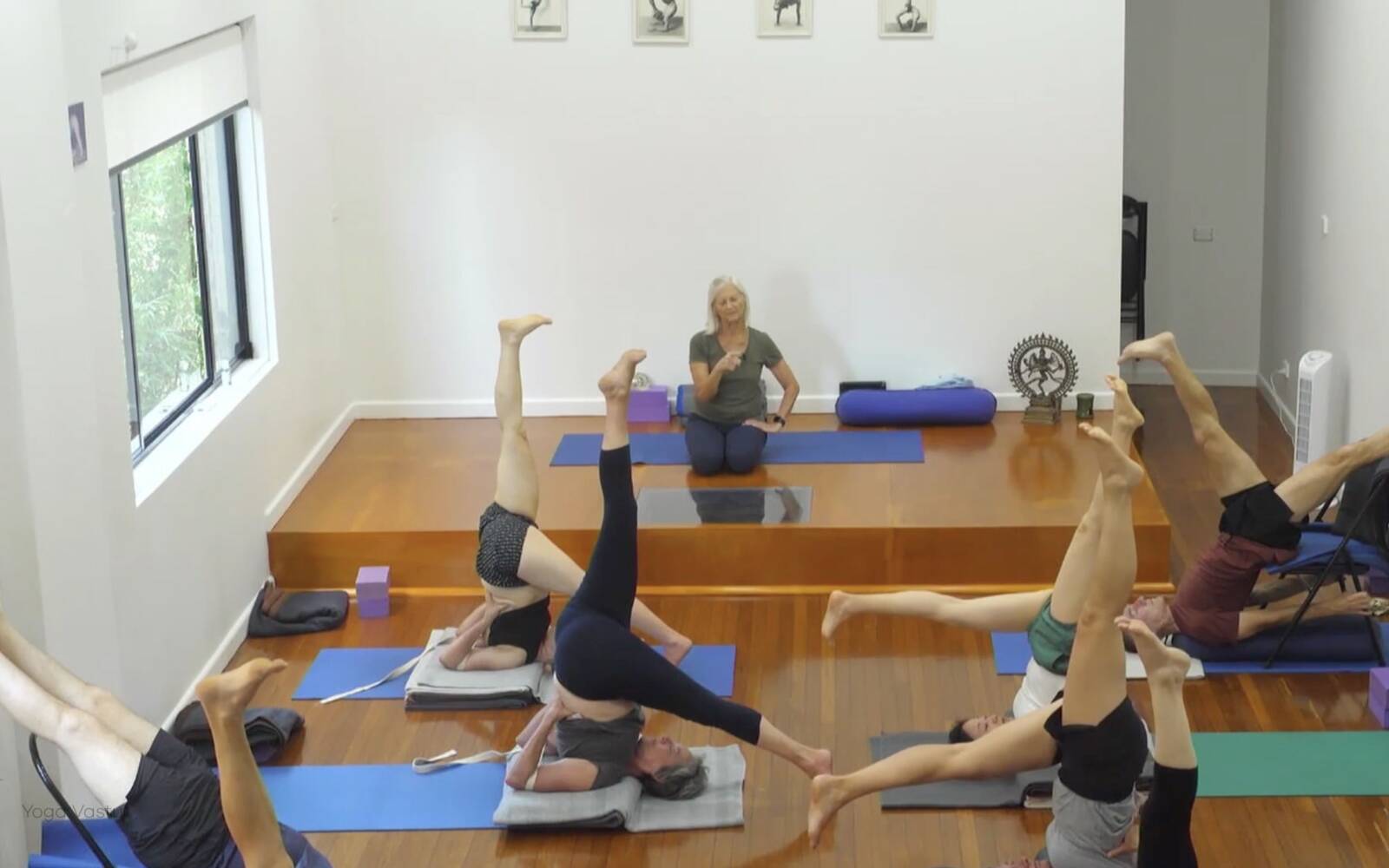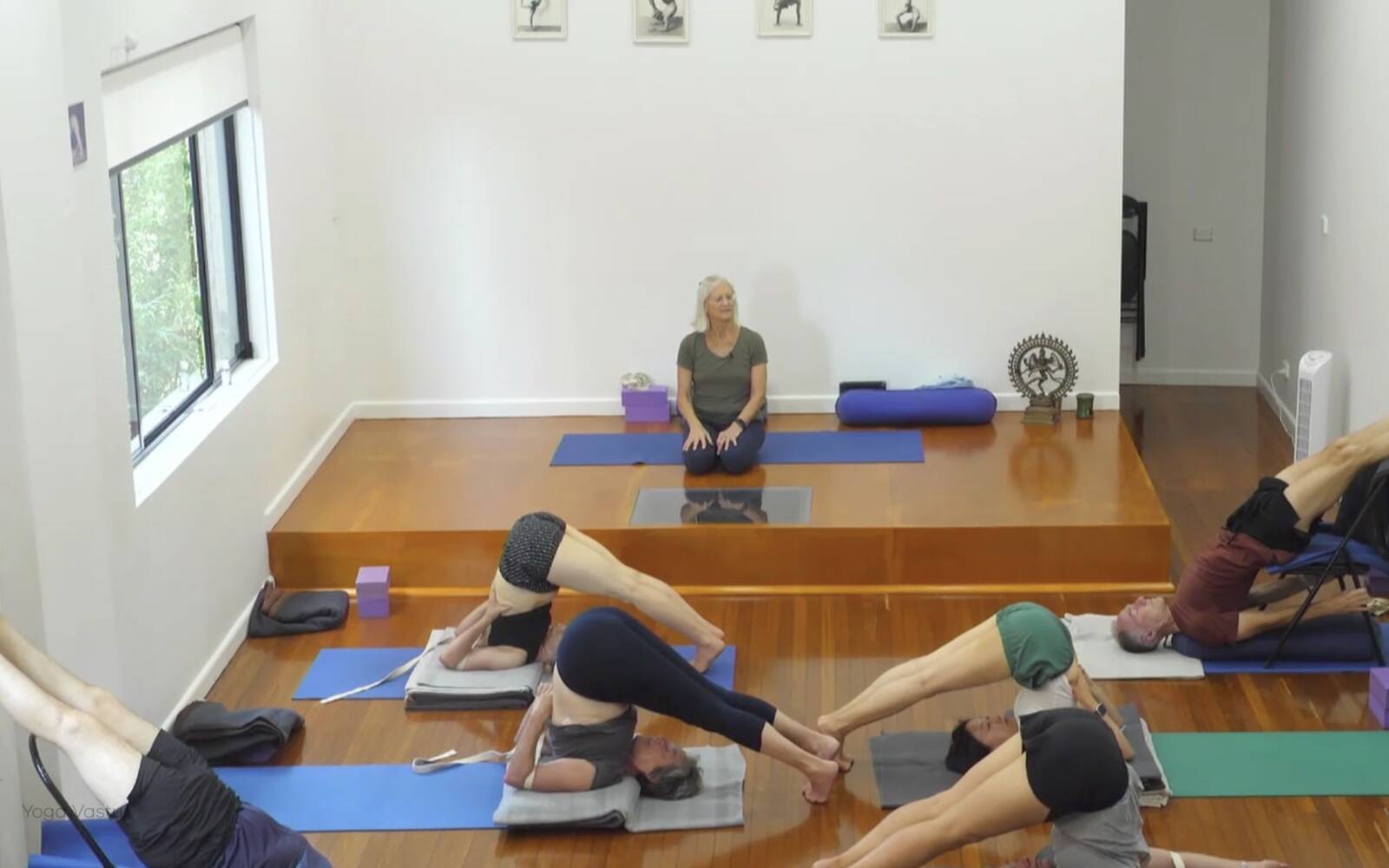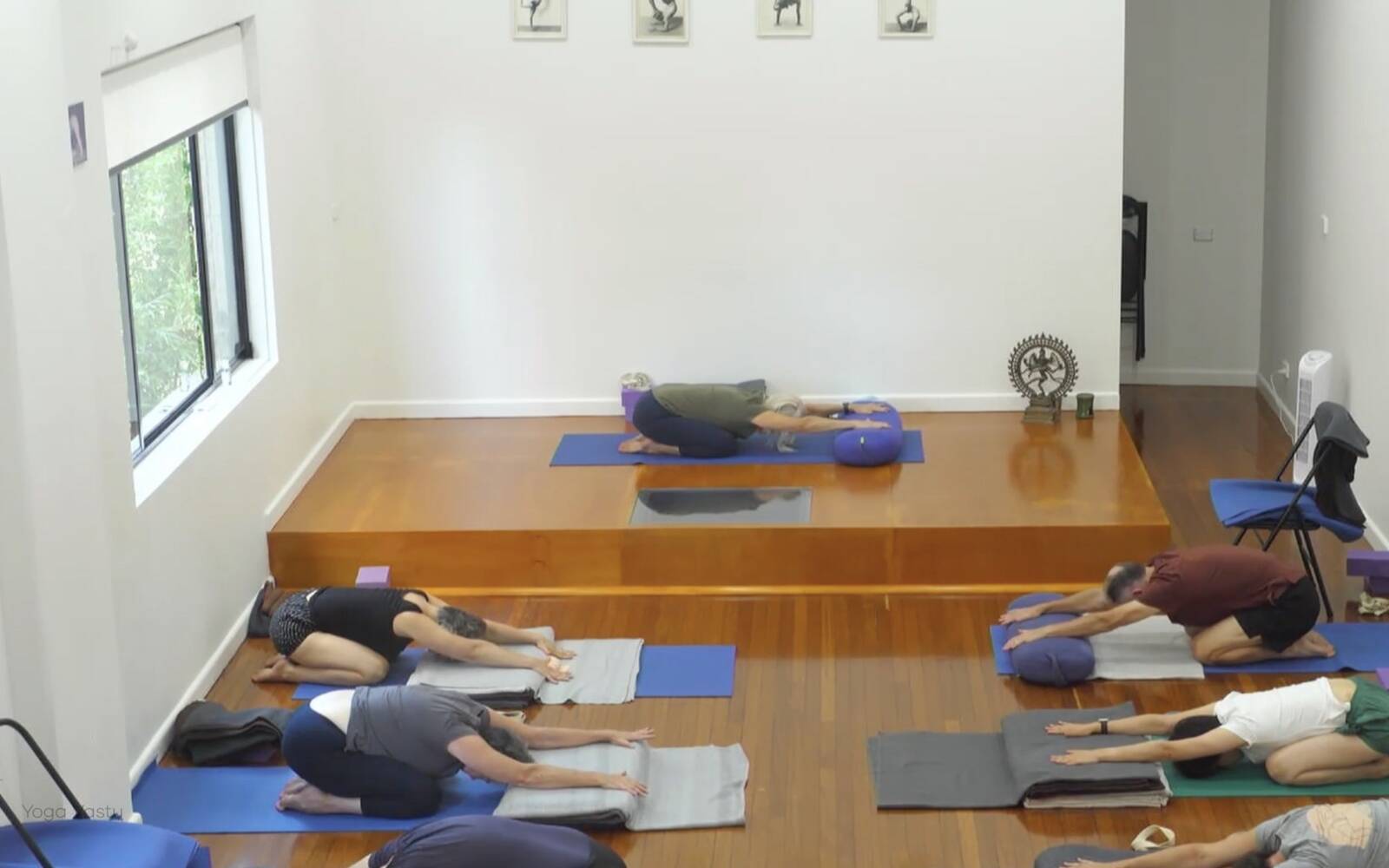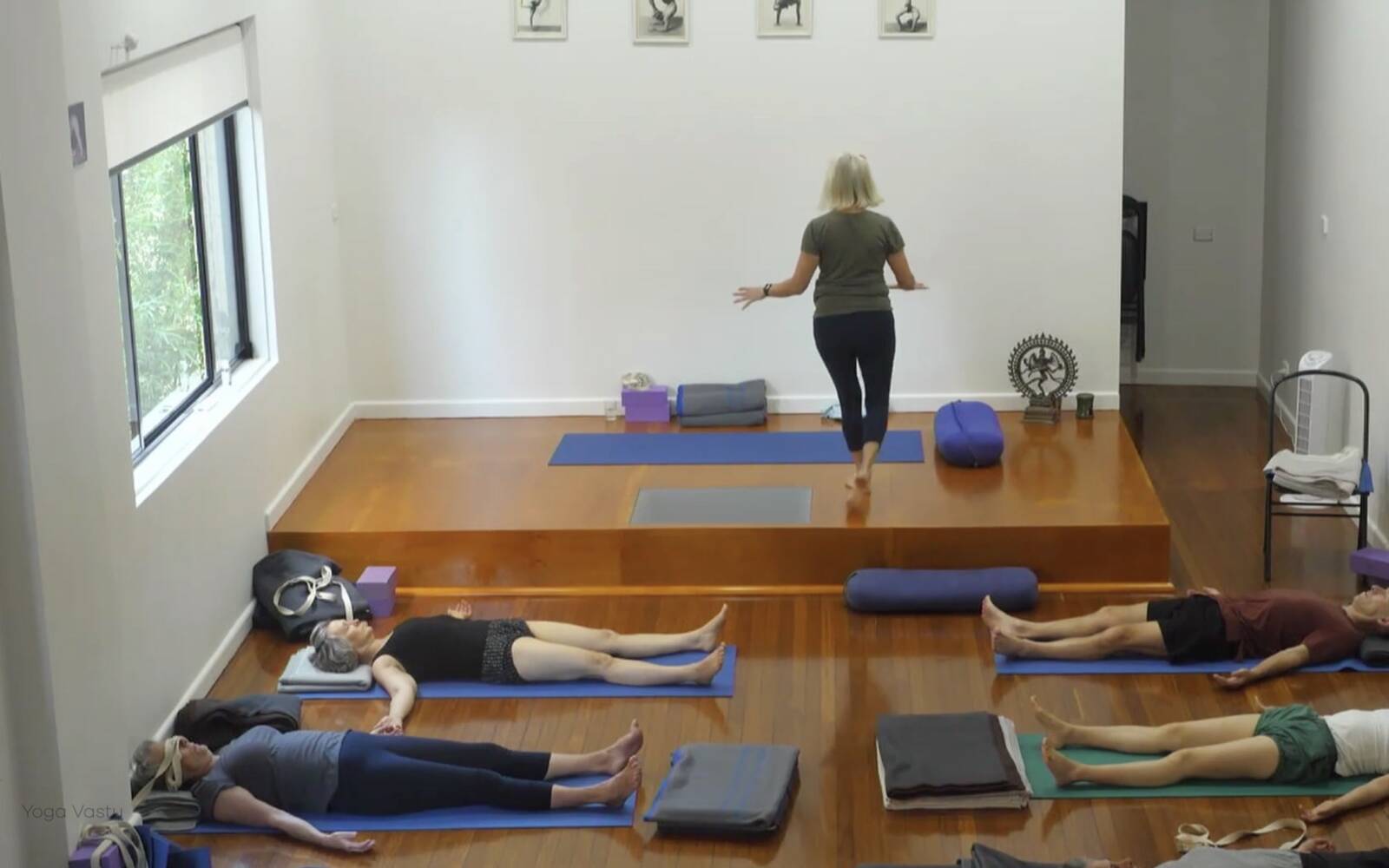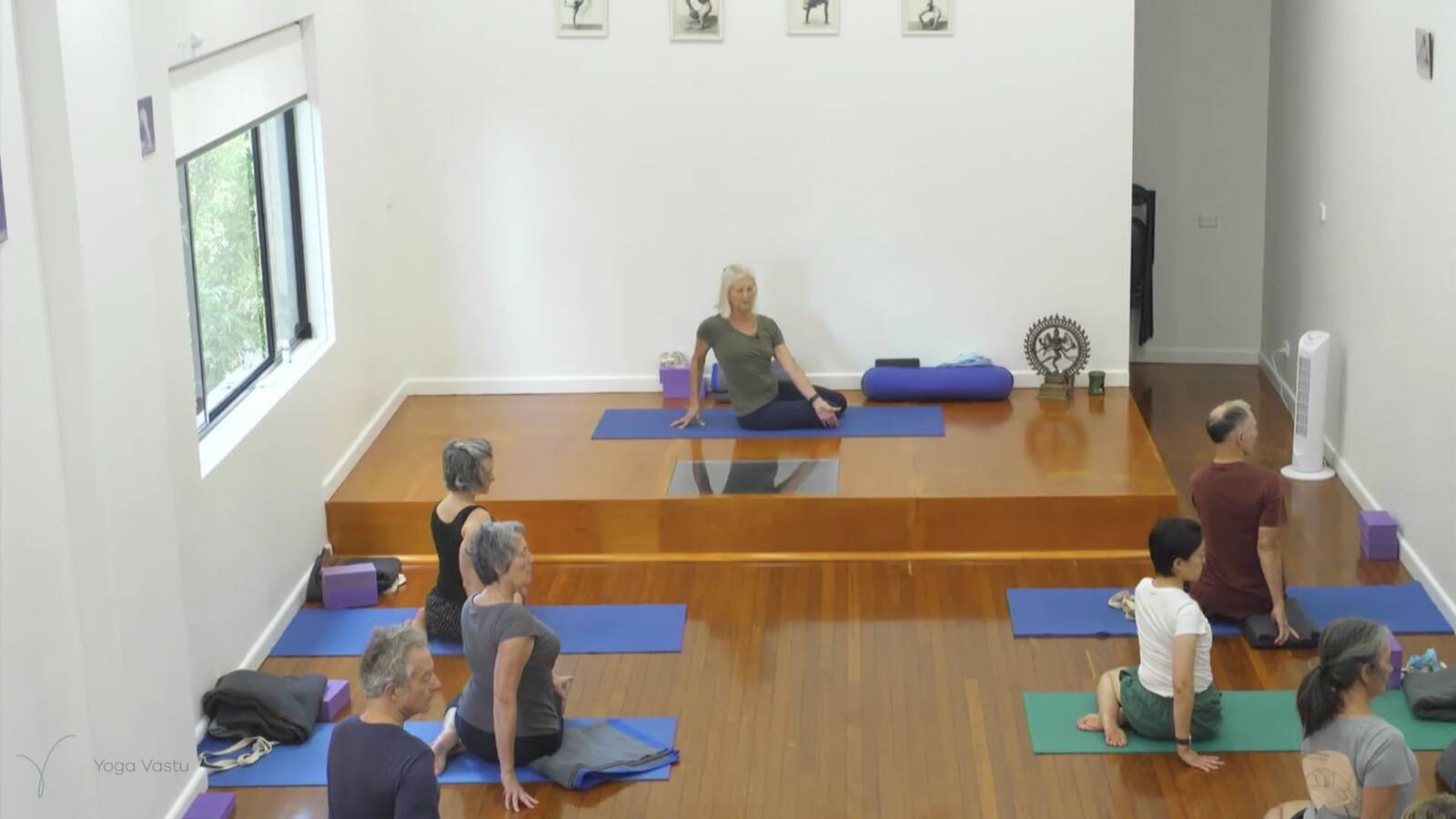In Iyengar yoga, advanced practitioners benefit greatly from forward bends, seated poses, and twists. These postures help improve flexibility, stability, and mindfulness.
For experienced yogis, these poses offer an opportunity to stretch their muscles more effectively and enhance flexibility. They also require attention to alignment, increasing body awareness and focus. Regular practice at this level builds a strong foundation for mastering more complex postures.
Seated poses and forward bends are essential for calming the nervous system, reducing stress, and promoting inner peace. They also stimulate digestion, massage internal organs, and improve circulation, contributing to overall health.
Incorporating these poses into an advanced yoga routine requires a structured approach. We’ll begin with a dynamic warm-up, including some standing poses and inversions, to prepare the spine and hips. Then, we’ll gradually move into deeper stretches. We’ll focus on precise alignment, ensuring the spine is elongated before folding forward or twisting. The use of props such as belts and straps is encouraged as they can help to enhance the intensity and alignment of poses.
Twists are crucial for advanced students, helping to stimulate the spine and internal organs. Poses like Marichyasana (Marichi’s Pose), Bharadvajasana (Bharadvaja’s Twist), and Upavistha Konasana Twist aid in detoxification, digestion, and spinal mobility.
For advanced Iyengar yoga practitioners, forward bends, seated poses, and twists are key to a comprehensive practice. They enhance physical and mental discipline, deepen self-connection, and support overall health and well-being.
This class will be broken down into several parts. We’ll start with the warm-up, beginning with standing poses, moving on to inversions, and finishing in supine hip-opening poses, mainly Supta Padangusthasana and variations. The heart of the session will be dedicated to seated forward bends and twists, the focus here being stretching out the legs and spine as well as working on abdominal strength. Then, before finishing in Savasana as usual, we’ll go through a cool-down sequence with Sarvangasana and Halasana, using a chair if needed.
Video stills from this sequence


